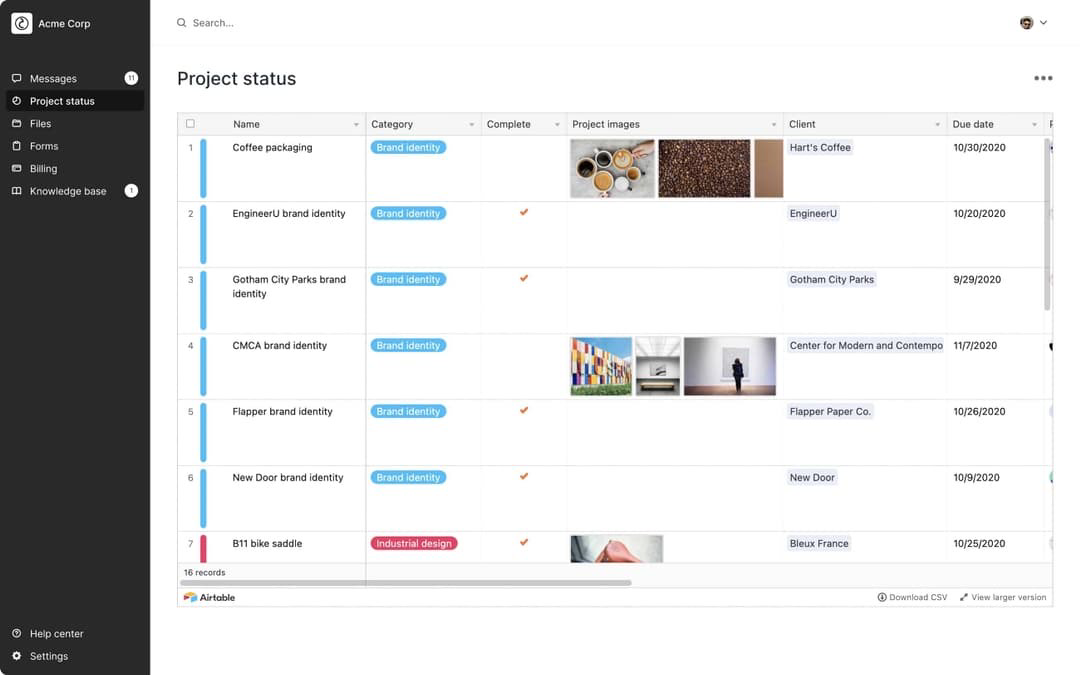The Client Communication Manifesto: 6 Simple Rules to Live By
In this article, we share six simple rule that can help you improve client communication, and boost your agency's performance.

Great client communication is the most important ingredient for building successful agency-client relationships, but it isn’t easy to pull off. In an attempt to communicate effectively, many agencies end up providing their clients with too much information, so the client is overwhelmed or leaving a lot unsaid, so the client is in the dark about project details.
Effective client communication is about choosing your words carefully, saying the right things at the right time, and that requires empathy, clarity, and respect. In this article, we will share six simple rules you should adhere to if you want to take your client communication to the next level.
1. Be proactive
The key to proactively communicating is to always provide information before the client asks for it — like informing the client ahead of time when you can’t meet a deadline instead of waiting for them to ask and sending short, clear updates to let clients know when the project reaches another milestone.
According to a Microsoft report, more than 66% of US-based clients appreciate a brand that communicates proactively. Proactive client communication allows you to set the client’s expectations well ahead of time, so they aren’t left in the dark regarding the project’s progress. It also helps you identify and address any shortcomings before these shortcomings escalate into bigger issues that can ruin the client experience.
Portal can help you achieve proactive client communication. Portal’s web application has several features like in-app messaging and project tracking that make proactive client communication seamless. Once you add your client to your agency’s collaboration portal, you can use the in-app messenger to inform the client of any challenges, roadblocks, or unusual activities that might affect the project execution and to share exciting wins and results. You can also schedule weekly update client meetings right in the application using Portal’s Calendly extension.
2. Don’t make assumptions
Making assumptions about your client’s needs or the project direction can lead to poor decision-making, which affects the project execution. For example, if you assume that a client will approve a deliverable, you might be unprepared to handle revisions if the client requests changes instead. When you act on assumptions, you could end up wasting your agency’s resources and the client’s budget executing the wrong plans, ideas, and strategies.
The simple rule to avoiding assumptions is: When in doubt, ask questions. Don’t go with the flow. Asking for clarification from your clients doesn’t make your agency less competent. Instead, it shows you’re a strategic partner that the client can trust.
Portal’s in-app messaging feature supports real-time client communication, making it more convenient for you to request clarification from clients and get feedback on time.

3. Embrace transparency
A reported 81% of consumers said that they need to be able to trust a brand in order to buy from them. One way to earn your clients’ trust is to communicate transparently. Be clear on what you’d do, how you’d do it, and when you will do it — from start to finish of the project execution.
You should provide a bird’s-eye view of your agency’s processes, so clients aren’t left wondering “what next.” At the start of the project, you should share a detailed client onboarding document with the project timelines, tasks, etc., to set the client’s expectations. As the project goes on, make it easy for your clients to track the project’s progress. One way to do this easily is to embed project tracking Kanban boards in your client collaboration portal.

4. Set and respect boundaries
Communication boundaries lead to healthy agency-client relationships. They reduce conflict by setting a precedent for how your agency communicates, which prevents clients from micromanaging the project execution.
You should set communication boundaries during the client onboarding phase. One way to do this is to provide clients with a detailed onboarding document that spells out your work hours, preferred communication channels, and a timeframe for responses. So, while a client might still send emails outside your defined work hours, at least they’d know you’re not working at that time, and they shouldn’t expect an immediate response.
You should also acknowledge and respect the client’s communication boundaries. And if these boundaries are conflicting with yours, then you should make some compromise and arrive at a middle point that is mutually beneficial. For example, if the client prefers a different communication channel — like email, you can adopt this channel as a secondary means of communication.
5. Be empathetic
Communicating with empathy is all about putting yourself in your client’s shoes to understand their pain points — and there are two ways to do this:
- Practice active listening: Active listening is the ability to pay complete attention to a speaker, understand their message, digest the information and provide a thoughtful response. You can practice active listening by maintaining eye contact during client meetings, using non-verbal cues like nodding and smiling as the client speaks, and making verbal affirmations to show the speaker that you’re 100% engaged with them.
- Offer flexibility: In difficult situations, you should be willing to reach a middle ground with your client. This could mean responding to emails on short notice or having a faster turnaround time for a deliverable.
Empathy enables you to build stronger emotional connections with clients. According to a study from Deloitte Digital, businesses that form lasting emotional connections can increase brand loyalty substantially. Brand loyalty drives repeat business, improves customer retention, and also improves customer acquisition through word-of-mouth marketing.
6. Automate communication as much as possible
Automation makes communication seamless and more effective. You can automate routine client communication like sending forms, signature requests, invoices, and receipts, thereby freeing up time for your account managers and customer success team to focus on crucial client communication.
Portal has several features — like an in-app form builder, project tracking boards, and an in-app messenger — that can help you automate client communication. For example, the in-app messenger automatically sends an email notification to clients if your message is still unread after some time, so you don’t have to bother with following up manually. Also, when you add your client to the collaboration portal, you can send them an invoice for payment, create and share onboarding forms, and share documents — all from one place.
Client communication is a two-way street
Effective client communication goes two ways — you should clearly assert your position to clients but also provide space for them to communicate their needs and preferences. As the agency, you should set the pace for effective communication by creating an enabling environment for meaningful interactions and encouraging the client to share suggestions and feedback and ask questions. The client is not always right, but they should always be heard.

